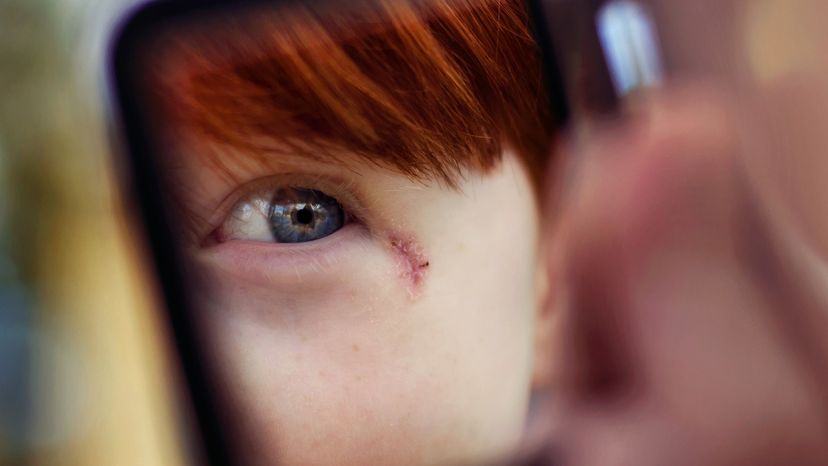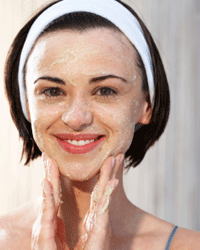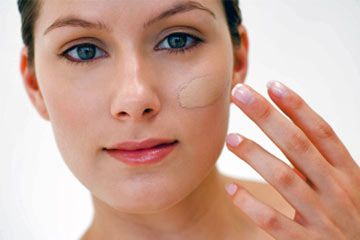
Few of us are blessed with perfect skin. The cosmetics of evening out, brightening and hiding a blemish or two are some of the most basic in the makeup bag, and most of us know them well: cover-up, foundation, perhaps a color-correcting palette.
These tools are typically enough to downplay small inconsistencies. For larger challenges, though, like significant scars or birthmarks, more skill can be required.
Advertisement
A great makeup artist can make any scar disappear; but for the rest of us, it can seem our attempts at coverage are just drawing attention to it.
Here, some tips to help the rest of us look our best and feel more confident about the face we show the world. It doesn't take a beauty-school diploma to hide a scar. It does take knowledge of some specific techniques and products designed for the task.
The first secret to covering a scar is also the first secret to applying makeup in general: For great results, start with clean slate.




